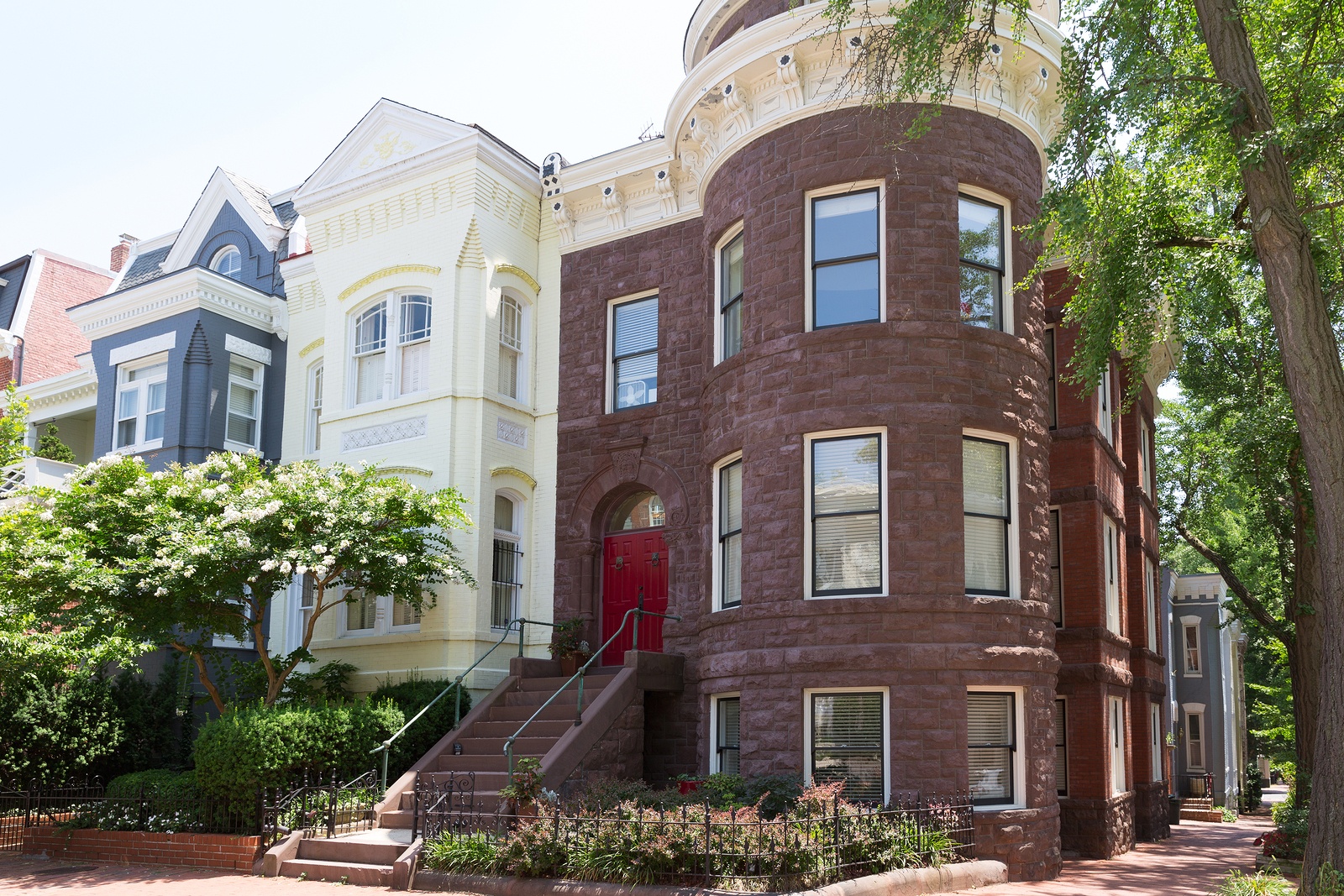Prior to beginning a restoration project on your historic brick home, it's important to understand any local bylaws that could impact or limit the changes you are proposing to make. You need to understand the structure of your home so the renovations don't compromise its integrity or cause problems in the future. While this might feel like it's taking some of the magic out of your efforts to renovate, it’s well worth your time to do a little investigative research before you start. With a bit of digging, and modern-day digital excavation, you can uncover secrets hidden within your home's walls that will prove to be valuable in the long term. To properly renovate, you must learn the secrets of your historic brick home to preserve its past.
Digging into the Past: A Treasure Hunt for History Buffs
Imagine peeling back the layers of time to uncover the rich history of your historic brick home. Learning about previous owners, noteworthy events, and architectural details adds to your home's unique story and provides valuable insights for restoration and preservation efforts. Fear not: the journey to discovering your home's history is not as difficult as you might think.
Start with Local Records: A Portal to Your Home's History
Your local historical society, library, or archives are treasure troves of information and stories about your historic brick home. Begin by researching property records, which can reveal past owners, property boundaries, and permits for structural modifications. Next, delve into census records and city directories to discover more about the human side of things and the families that lived there. It’s wonderful to learn about your home's earlier residents, their occupations, and any noteworthy history.
Newspapers are another valuable resource, offering glimpses into the lives of former residents and significant events. Be sure to search for articles, obituaries, and advertisements connected to your home's address or the names of previous occupants. Perhaps you may find stories of weddings, social events, and even juicy scandals, all part of the lives of those who resided within your home's walls. Many libraries have digitized these collections, making your search easier than it used to be.
Don't Forget the Architectural Clues: Decoding Your Home's Design
Examine your home's architectural style, construction materials, and decorative details. These elements can offer insight into the era in which your house was built, as well as its original purpose. Researching the architectural history of your area can help you understand how your home fits into the broader context of your community.
Consider visiting your local building department to access original blueprints and other records which you’re allowed to view for a more in-depth analysis. These documents may reveal hidden features, such as fireplaces or original windows, which had been covered or modified over time, but perhaps had not appeared on any of the contemporaneous permits.
Neighbors Know: Connect with Your Community
Neighbors, former owners, and long-time residents often hold a wealth of knowledge about your home's history. Engage with your community by attending local events, joining historical societies, or striking up conversations in passing. They could have stories, photographs, or documents that could help you piece together your home's past.
Historic Brick Experts: A Key to Success
While conducting your research, you may encounter challenges or have questions that require expert guidance. Consulting a historic brick expert is always a good move: they can supply invaluable advice on preserving your home's unique character and ensuring that renovations or repairs are historically accurate. In addition, this professional assistance can save time and money and help you avoid running afoul of historical building bylaws or causing unintentional damage to your home's historic design.
Historic Home Stewardship: Your Own Legacy
As a steward of history, you play a vital role in safeguarding your home's unique character for future generations to enjoy. Maintaining historical accuracy enhances your home's beauty and contributes to your community's larger story. Adhering to local bylaws and preservation guidelines can increase your home's curb appeal, potentially boosting its value. As you restore your beautiful old brick home, restore the magic along with it, as you preserve its past for future generations.
Renaissance Development, experts in traditional tuckpointing methods, specialize in brick repair and restoration projects in Capitol Hill and other historic neighborhoods in Washington, DC. Contact us if you'd like to consult with one of our historic brick experts, or for any other needs.






